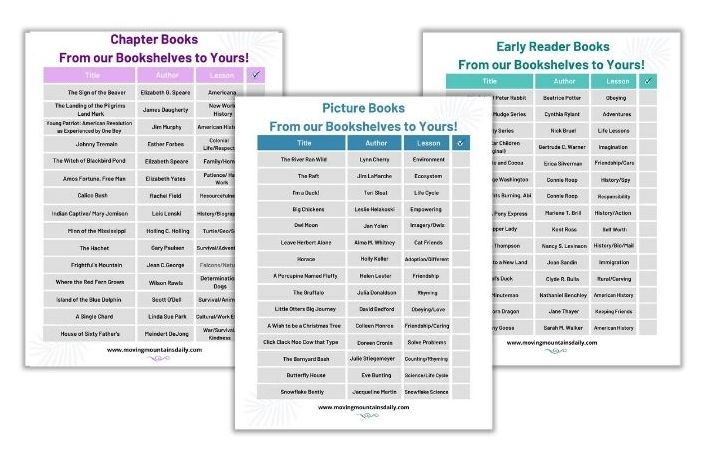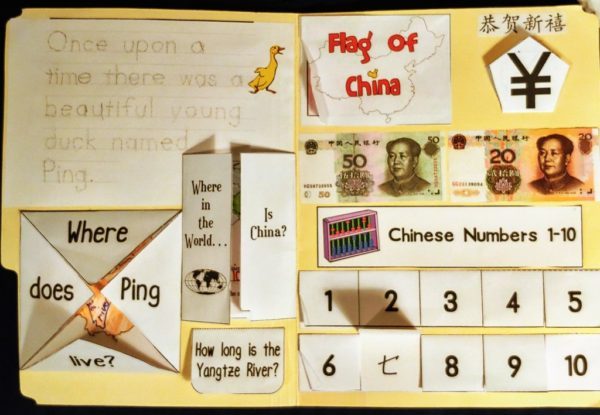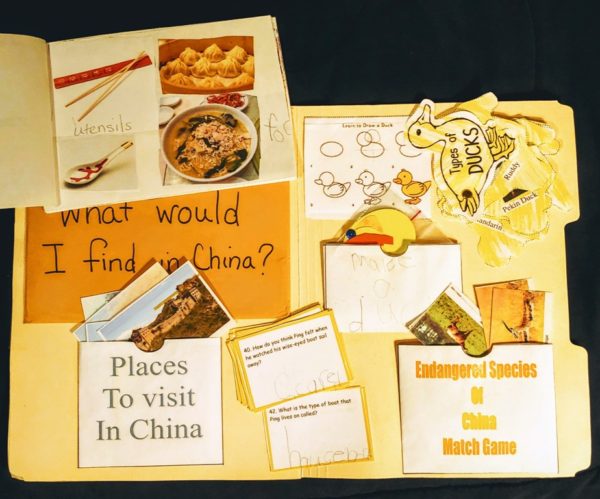A cold, snowy day in Traverse City, Michigan, had me browsing area guide books for an indoor activity. In an advertisement for the Children’s Preservation Library, the words ‘homeschool’ and ‘preservation’ caught my curiosity. After speaking with the owner, Michelle Miller Howard, Andrew and I met her on-site. I took one look around and knew this was not a normal library. I felt a kindred spirit, not only with the 20,000+ books, but with Michelle, as well. Little did I know, I was about to learn the importance of a living book.
The Children’s Preservation Library
While giving Andrew and me a tour of the library, Michelle passionately told us about her dedication to preserving children’s literature from the Golden Age (1920-1970). While she helped a youngster find information on castles, I pulled a book. Call it crazy, but the book felt good and solid in my hands. The cover was thick, as were the pages. Books, today, do not have this same feel, and thanks to Michelle, I soon discovered why the content can not compare.
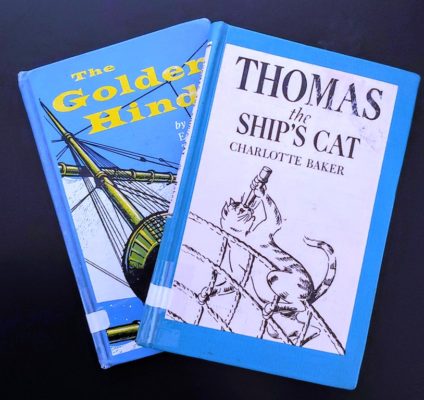
The Desecration of the Golden Age
I never heard of living books and wanted to know more about what ended the Golden Age. Michelle explained that the publishing houses, in the late 1970’s, needed to step up production to meet consumer demand. However, more books, in a short amount of time, meant less pages, and no space for ‘rich literature’. As our culture changed, so did the reading materials. I might also add that the quality ‘feel’ of the book changed too. To make room for these new, ‘dumb-downed’ books, libraries around the nation are discarding, recycling, and selling off books of yesteryear. Many living books are quickly becoming ‘rare’.
What is a Living Book?
A living book, written during the Golden Age of literature, is a narrative that explores a single topic in-depth. The living book transports the reader into a story which presents facts in narrative form. Living books have heart, compassion, and make subjects come alive. They are so much more than hard facts written on a page as Golden Age literature conveys powerful life lessons. The illustrator created the artwork specifically for each book each containing just as much emotion as the narrative. Children learn subjects best through stories. When you think about it, even Jesus taught the crowds by using parables!

Living through Books
Michelle allowed Andrew and me to borrow books while we were in Traverse City. We studied the American Revolution using the living books that Michelle chose for us. While the snow swirled outside, Andrew and I were grateful that we were ‘living’ the war of independence in the warmth, and not outside like the soldiers at Valley Forge. What an awesome way to learn about a subject!
Our Latest Living Story Read
Andrew and I just finished reading “The Pony Express” from the series, “We Were There“. This living book series dates 1955-1965 and retells historical events with children as the primary characters. The narrative, with historical facts, is so well written that Andrew summed it up rather well: “I felt like I was there, but now it is hard to wake up to be back here.” He was right. The pounding hooves echoed in our heads, we could still feel the choking grit of the dust, and smell the lathered horse, and the need for speed…. When I chose The Pony Express for class, I planned on reading one chapter a day, but the rich imagery made it difficult to stop. We both wanted to keep reading to find out what happened next.
WHERE TO FIND LIVING BOOKS
There are 50 living libraries in the United States. My prayer for you is that you live near one of these locations. If you do, I suggest you become a member! You can find the list of libraries here.

Andrew’s Favorite Reading Lists
Andrew created a list of our favorite reads, almost all are living books. Forty-five picture books, early readers, and chapter books titles are available to our readers who subscribe to our monthly newsletter. In addition, we add to these title each month.
Charlotte Mason
The Simply Charlotte Mason homeschool program teaches children using rich literature based curriculum, or living books. Five in a Row (FIAR) is our favorite Charlotte Mason curriculum. Using a single, living picture book, students learn multiple units that include various subjects like art, history, vocabulary, geography, science, math, and more – within a five day period.
Using the Five in a Row curriculum, Andrew chose a unit study from a book called, “The Story about Ping“, 1933, Marjorie Flack. From this one picture book, we covered World History, Geography, Language, Science, Art, and we made our first lapbook! I have never felt like I covered one picture book so thoroughly.
Living Books List
Another way to find lists of living books is to go to the website, “Living Books List”. I have used this list in the past, but have a difficult time choosing the correct books based on the subject matter that I want to include for class. I find it hit or miss – but I still consider it a resource.
Mining for Living Books at the Living Books Lady Library
Michelle Miller Howard, our friend from The Children’s Preservation Library, is also known as the Living Books Lady. One of the best ways to find living books about particular subjects is to subscribe to Michelle’s library catalog. What I like is that the catalog is extensive and contains specialized descriptions and subject details. These factors alone help immensely with finding the right books. When Andrew wants a living book about a certain subject, we search Michelle’s catalog and then request it from our local library. Because some books are rare, I have learned to search state wide, or use World Cat. It is a small price to pay to always find what we want!
Personal Librarian and Living Books Consultant on Call
Michelle also offers herself as a personal librarian to families for a monthly or yearly fee. This is really helpful if you don’t live near a preservation library, or are new to finding living books. I know first hand that Michelle is an endless bank of knowledge about living books topic. I’ve no idea how she retains all this information, but am grateful for her insight! Read more about having your own personal living book librarian at your fingertips!
How to use a Living Book
Now that you know where to find rich-literature, here are three ways to use a living book:
Read Aloud
Reading together gives children a sense of security and love. Reading quality stories together extends the school day, but more than that, creates memories of family time and stories that will be remembered forever.
Supplement
Living books can supplement your current curriculum or unit study. They drive home facts and add a a new dimension that can’t be found in a a dry text book.
Replace
Living books unit studies can accomplish the same educational goals as textbooks. Many homeschool families have turned to living book education, because they spark imagination and excite young learners.
Overwhelmed?
Start with one book and give it a try. Let us help you begin your reading journey by suggesting these living books, per age category:
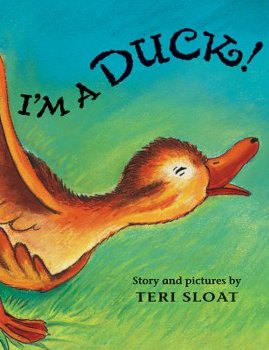
Learn about the duck life-cycle from this crazy-happy duck who loves to quack and thinks life can’t get any better, UNTIL someone quacks back – and preparations for a new family starts.
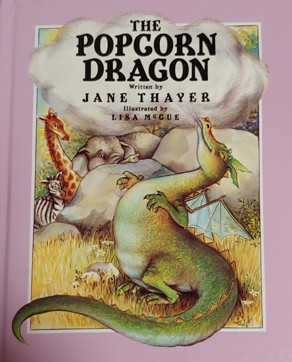
Dexter discovers that he can make smoke rings which impresses his friends, but makes them jealous. Dexter learns about friendship and the perils of showing off.
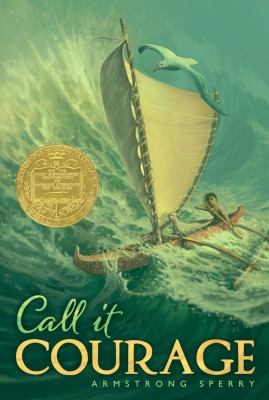
The adventure of Mufatu, son of a Polynesian Chief, takes him on a wild trip, across the sea, to an unknown island. Mafatu finds strength and courage to conquer his fears and prove himself to his sea-loving people.
The Importance of a Living Book
Finding the right reading materials can spark imagination and set kids up for a life-long, love of learning. There is a BIG difference in Golden Age literature vs today’s dry, factual, informative books. Changing what you read, might make a huge difference in your child’s desire to pick up a book.
We wish you happy reading! If you have questions or comments, please use the comment section below.
AND
If you haven’t signed up for our monthly newsletter, please do so! You will receive a list of our favorite picture books, beginning chapter readers, and chapter books, as our free gift to you! In addition, Andrew and I will share more living book titles in every newsletter.
